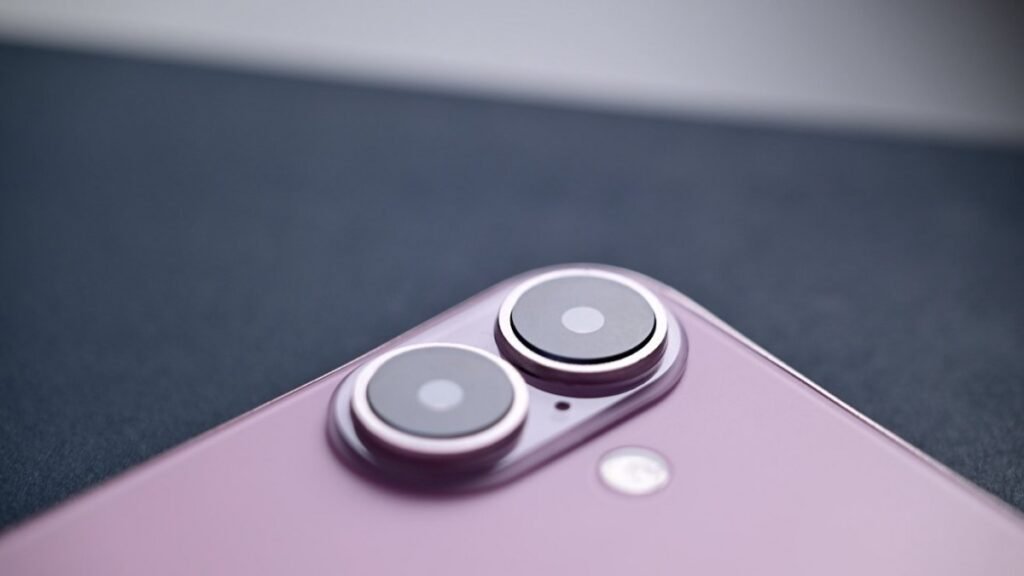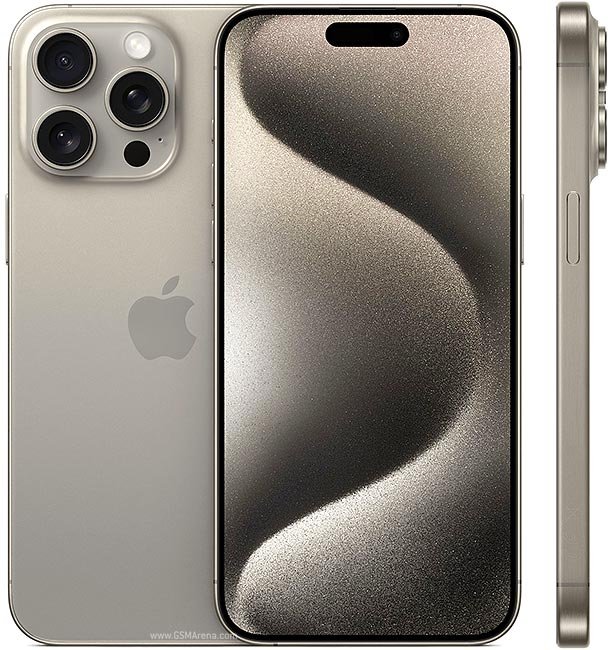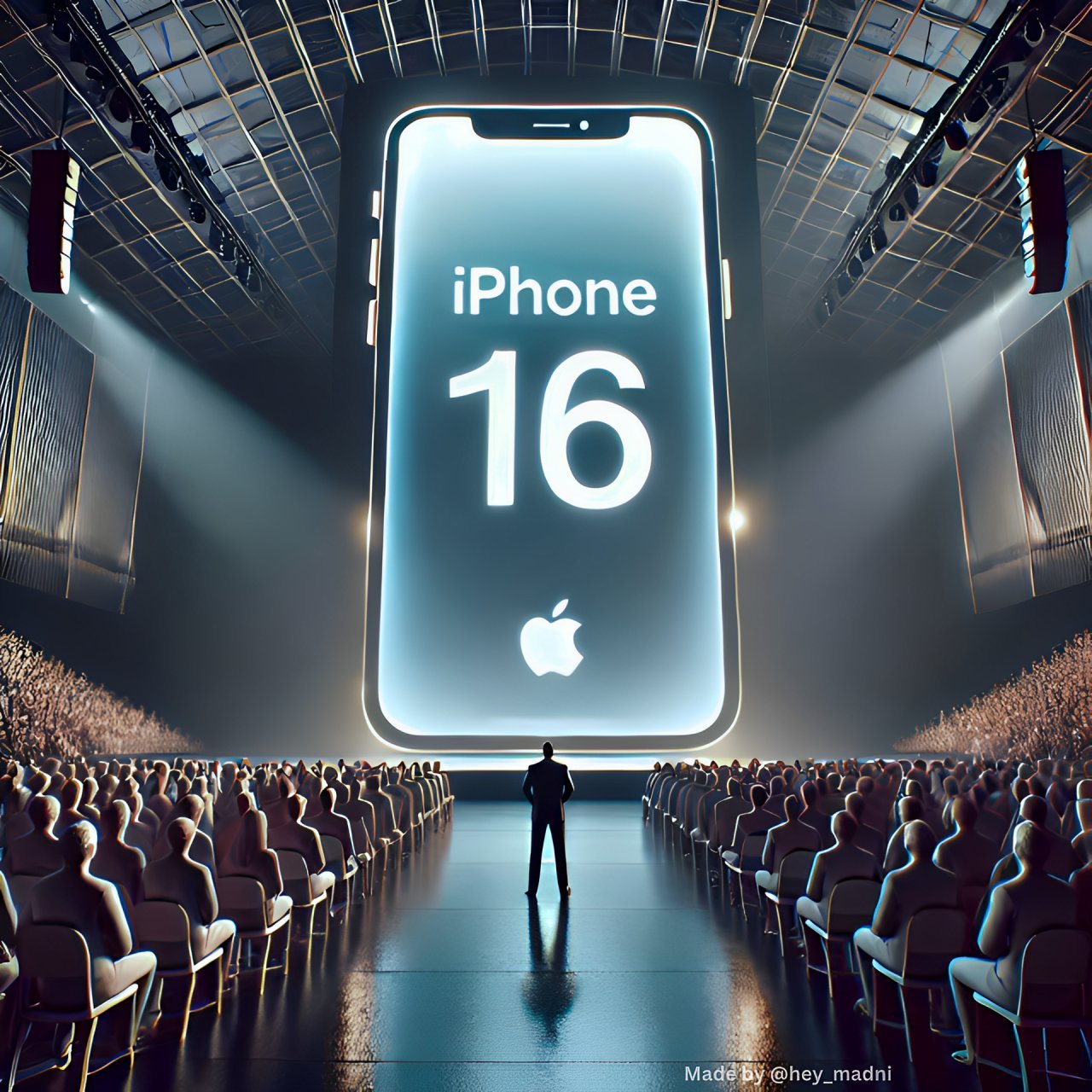“iPhone 16 vs. iPhone 15: A Complete Breakdown of What’s New”
Apple’s iPhone 16 series has finally arrived, bringing with it a slew of new features and improvements that aim to push the boundaries of what a smartphone can do. In this comprehensive comparison, we’ll delve into the key differences between the iPhone 16 and its predecessor, the iPhone 15, and help you decide which one is the right fit for you.
Design and Display
Titanium vs. Stainless Steel: One of the standout features of the iPhone 16 Pro Max is its titanium frame. This new material not only makes the device more durable but also significantly lighter compared to the stainless steel used in the iPhone 15 Pro Max. For users who prefer a sturdy yet lightweight device, this is a notable upgrade. The titanium frame also gives the iPhone 16 a more premium feel, making it a joy to hold.

Larger Display: Another major change is the increase in screen size. The iPhone 16 Pro Max boasts a 6.9-inch display, up from the 6.7-inch screen on the iPhone 15 Pro Max. While this may seem like a minor difference, the additional real estate makes a noticeable impact, especially for activities like gaming, video watching, and multitasking. The larger screen can enhance productivity and entertainment experiences, allowing users to immerse themselves more fully in whatever they’re doing.
Dynamic Island: Both the iPhone 16 and iPhone 15 feature the Dynamic Island, an interactive pill-shaped cutout that houses the front-facing camera and Face ID sensors. However, the iPhone 16’s Dynamic Island could introduce additional functionalities, further improving the user experience. For instance, Apple might enhance the way notifications, media controls, and multitasking options are displayed within the Dynamic Island, making it even more integral to daily use.
Performance and Battery
A17 Bionic vs. A16 Bionic: At the heart of the iPhone 16 is Apple’s latest A17 Bionic chip, which offers improved performance and energy efficiency over the A16 Bionic chip found in the iPhone 15. The A17 Bionic is built on a more advanced process, potentially enabling faster processing speeds, smoother multitasking, and better graphics performance. This is particularly relevant for power users who engage in demanding tasks like video editing, gaming, or augmented reality applications.
Enhanced Battery Life: The iPhone 16 series is expected to deliver longer battery life, thanks to the efficiency gains from the A17 Bionic chip and optimized software. This could translate to several additional hours of usage on a single charge, making it a compelling choice for users who are always on the go. Imagine a day filled with meetings, phone calls, and media consumption—having a phone that can keep up without needing a midday recharge is invaluable.
Faster Charging: Both models support MagSafe wireless charging and fast wired charging, but the iPhone 16 might offer slightly faster charging speeds. This could be a small but significant improvement, especially in situations where you need to top up quickly before heading out.
Camera
Improved Night Mode: Apple has consistently pushed the envelope in smartphone photography, and the iPhone 16 is no exception. The new model is likely to feature enhanced Night Mode capabilities, allowing for even better low-light photography. This would be particularly appealing to users who often find themselves capturing memories in dimly lit environments, such as during concerts, evening events, or indoor gatherings.

New Camera Features: In addition to the hardware improvements, Apple may introduce new camera features that take advantage of the iPhone 16’s advanced processing power. For example, we could see enhancements in computational photography, such as smarter HDR, more realistic portrait modes, or even new shooting modes tailored for specific environments or scenarios.
Same Sensor and Lens Setup: While the iPhone 16 and iPhone 15 share the same main camera sensor and lens setup, the combination of new software and hardware optimizations in the iPhone 16 could result in noticeably better image quality. For users who prioritize photography, these incremental improvements could make a world of difference.
Software and Features
iOS 17: Both the iPhone 16 and iPhone 15 will run on iOS 17, Apple’s latest operating system. However, the iPhone 16 may come with exclusive features or optimizations that are tailored to its new hardware. For example, Apple could introduce new gestures, Face ID enhancements, or unique capabilities for the Dynamic Island that are only available on the latest model.
Enhanced Features: Expect improvements in core features like Siri, Health, and other Apple services on the iPhone 16. For instance, Siri might become more context-aware and capable of handling more complex requests, while Health could integrate more advanced tracking metrics or AI-driven insights that provide a deeper understanding of your wellness.
User Impact and Daily Scenarios
To fully appreciate the differences between the iPhone 16 and iPhone 15, let’s consider how these upgrades play out in daily use:
For Gamers and Streamers: The larger display and faster A17 chip make the iPhone 16 a clear winner for those who love mobile gaming or streaming. The increased screen size provides a more immersive experience, while the enhanced performance ensures smooth gameplay with minimal lag. Additionally, the titanium frame offers a lighter feel during extended gaming sessions.
For Photographers: If you’re someone who takes a lot of photos or videos, the improved Night Mode and potential new camera features on the iPhone 16 could be game-changing. Capturing crisp, vibrant images in low-light conditions could make your photos stand out even more, whether for social media or personal keepsakes.
For Busy Professionals: The combination of enhanced battery life and faster charging makes the iPhone 16 ideal for professionals who rely on their phones throughout the day. The ability to get through a full day on a single charge, with a quick top-up when needed, ensures that your phone is always ready when you are.

Pricing and Availability
Premium Pricing: As expected, the iPhone 16 series comes with a higher price tag than the previous generation. However, the premium materials, larger display, and advanced features justify the increase, particularly for users who prioritize having the latest and greatest technology.
Release Date: The iPhone 16 is expected to be released in September 2024, following Apple’s traditional launch cycle. If you’re considering upgrading, it’s worth keeping an eye on the release date to take advantage of pre-order offers or trade-in deals.
Final Thoughts: Should You Upgrade?
While the iPhone 15 remains a powerful and capable device, the iPhone 16 offers several improvements that could make it worth the upgrade, depending on your needs. The more durable design, larger display, enhanced performance, and potentially better camera capabilities are all compelling reasons to consider making the switch.
Additional Considerations
Trade-Ins: If you already own an iPhone 15 or even an older model, it’s worth checking the trade-in value. Apple and carriers often offer significant discounts when you trade in your current device, making the upgrade more affordable.
Carrier Deals: Don’t forget to check with your carrier for potential discounts or promotions on the iPhone 16. Some carriers offer financing options, bundling deals, or even perks like free accessories when you purchase a new iPhone.
Personal Preferences: Ultimately, the decision to upgrade comes down to your specific needs and preferences. If you value cutting-edge technology, improved durability, and the best camera experience, the iPhone 16 is likely worth the investment. On the other hand, if you’re satisfied with the performance and features of the iPhone 15, you may find that holding onto it for another year is the more economical choice.
In Conclusion
The iPhone 16 brings several enhancements that push it ahead of the iPhone 15, from its premium titanium design to its advanced A17 chip and larger display. Whether these improvements are enough to justify the upgrade depends on your individual priorities and how you use your device. By weighing the benefits against your daily needs, you can make an informed decision that ensures you get the most out of your next iPhone.
for more visit





